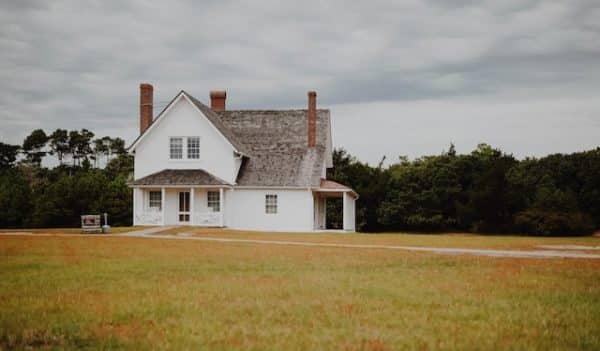Welcome to the club of old house owners! Though they can be a joy, historical homes come with their unique challenges, and understanding these will make your life in an older home more enjoyable. These houses were built to accommodate a different lifestyle—a time before the internet, cars, and indoor plumbing. But fear not! This series of tips will help you not only get along better with your old house but also protect its value and maximize your profits when it’s time to sell.
Understand the House’s History:
When moving into an old house, it is important to understand its history and previous occupants. Knowing the history of your house can give you insight into possible maintenance or repairs that may be necessary. It is also helpful to research whether there are any zoning restrictions or building codes that could affect your living conditions in the future. Additionally, learning about the neighborhood, which includes understanding how other houses have been maintained over time, will help you to properly care for your home.
Inspect for Possible Hazards:
Old houses can sometimes contain hidden dangers, such as lead paint or asbestos insulation. If you think that there may be hazardous materials in your home, it is important to contact a professional inspector to assess the situation and make sure that they are properly removed or contained. Additionally, inspect for mold, water damage, pests, and structural issues like sagging rooflines and crumbling foundations. Taking care of possible hazards before they become problems can save you money in the long run and ensure that your family is safe from potential health risks. Contacting a roofing professional like www.austermillerroofing.com to regularly inspect your roof can save you a great deal of money in the long run.
Get Familiar With The Systems:
Getting familiar with the different systems in an old house can be difficult if you’re not familiar with plumbing, heating, electrical wiring, and similar tasks. Before making any changes take some time to educate yourself on how each system works so you know how to use them efficiently without causing damage or putting yourself at risk of injury from electrical shock or gas leaks. If necessary, consult professionals such as electricians or plumbers who can provide services for any of these tasks that may exceed your knowledge level or capabilities.
Prioritize Maintenance Projects:
Living in an old house requires more vigilant maintenance than newer homes due to their age and lack of modern construction practices, which make them more susceptible to wear and tear over time. Take note of what needs immediate attention as well as what projects will need attention later down the line and prioritize them based on urgency and importance so that when you are ready financially or with free time, you don’t have too many things piled up all at once waiting for attention.
Make Necessary Repairs:
Making necessary repairs should be your top priority when moving into an old house. Identify the areas of your home that need attention and get to work on fixing these issues as soon as possible. This will help you prevent more serious problems from arising later on due to neglect or lack of care. Common repairs include replacing rotted wood, patching holes in walls, re-caulking windows, and sealing drafts.
Utilize Upgrades:
Although older homes may not have all the modern features of newer ones, they can still benefit from upgrades in efficiency and convenience. Look for ways to improve energy efficiency, such as double-paned windows or insulation in attics and crawl spaces. Additionally, look for modern appliances or fixtures that can be installed, such as energy-efficient washers and dryers.
Refresh the Exterior:
It’s easy to overlook the exterior of your home, but it is important to remember that this is usually the first thing people will notice when they visit or pass by. Cleaning up around flower beds, sidewalks, and steps can make a huge difference in how your home looks to guests and neighbors. If necessary, power wash siding or paint shutters; even small changes like these can have a big impact on your curb appeal.
Remove Mold and Mildew:
Old houses tend to contain more moisture than newer ones which makes them more prone to mold growth. Inspect areas such as basements, attics, and bathrooms for signs of mold or mildew. If found, make sure to thoroughly clean the affected area with a mild cleaner such as white vinegar; bleach should be avoided as it can have adverse effects on paint and other surfaces. Additionally, contact a professional if necessary to ensure the problem is completely eliminated and doesn’t return in the future. The Duct Kings mold remediation will help you get rid of pesky mold!
Living in an old house can be challenging but also very rewarding when done right. With proper care and maintenance, these homes can last generations longer than their more modern counterparts and provide the unique charm that new homes lack. By following these eight tips, you will be able to successfully maintain your old home while still enjoying all its historical beauty. Good luck!





